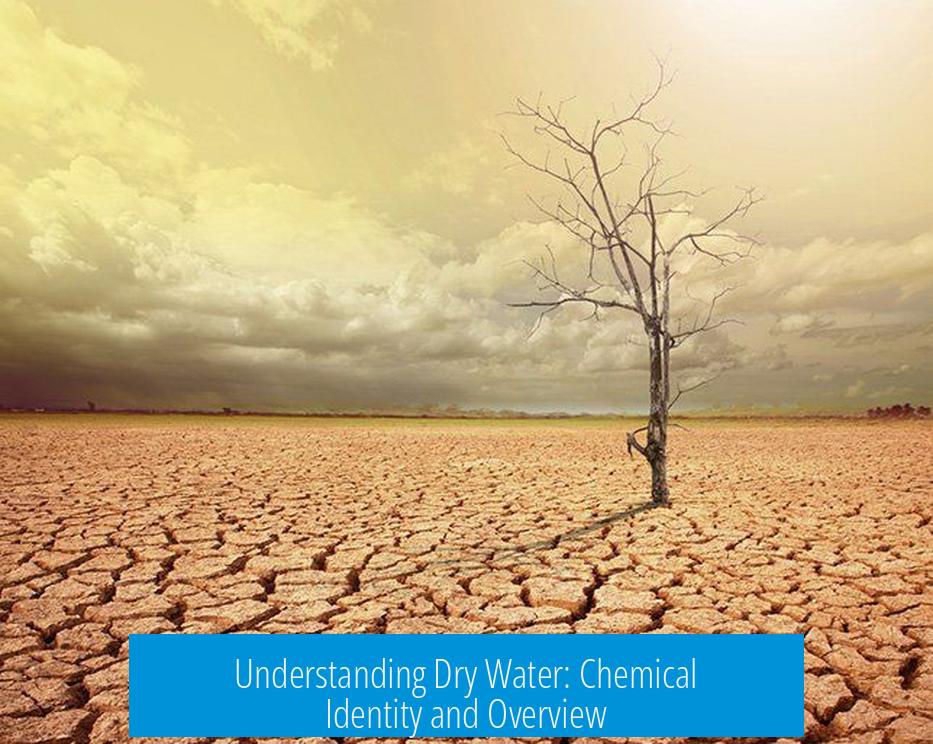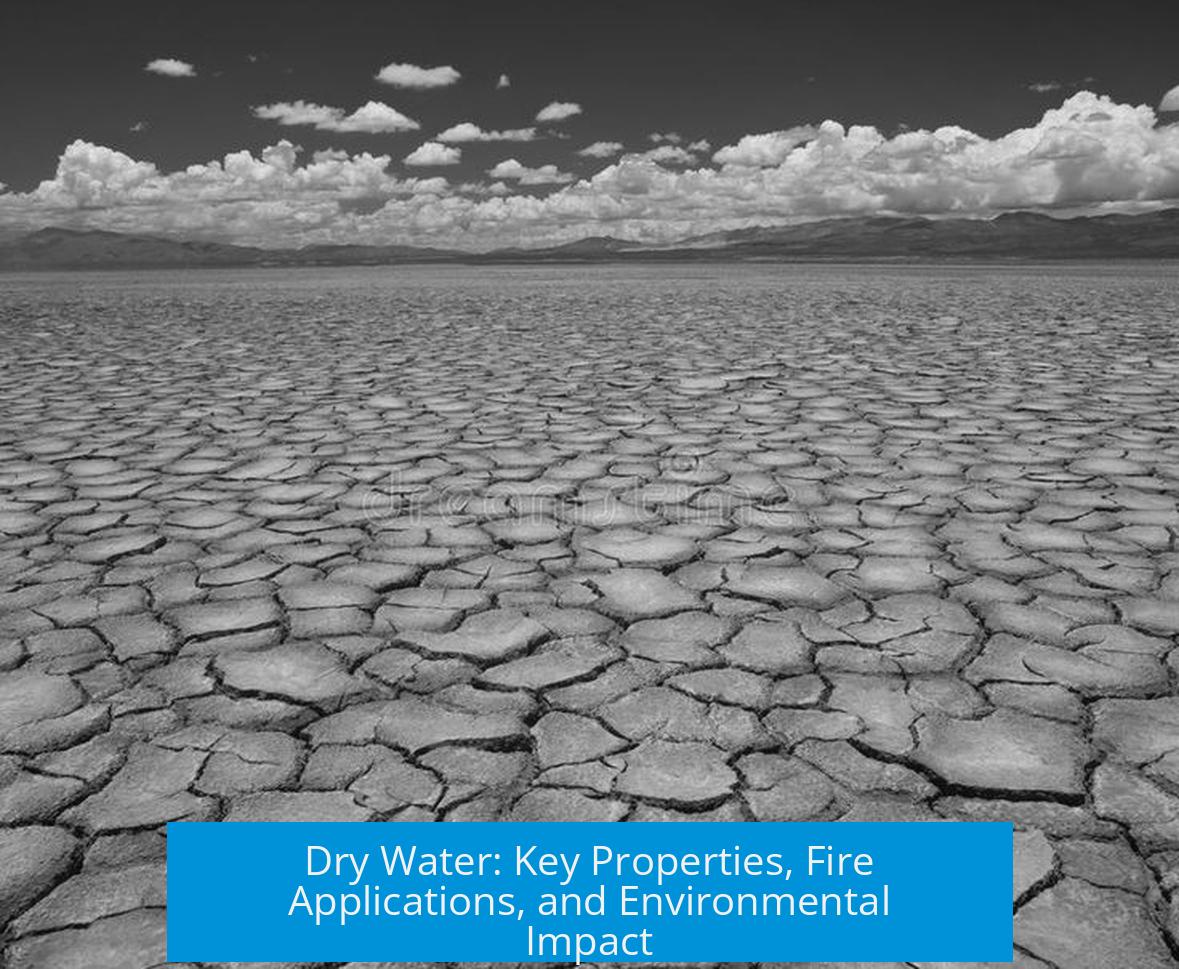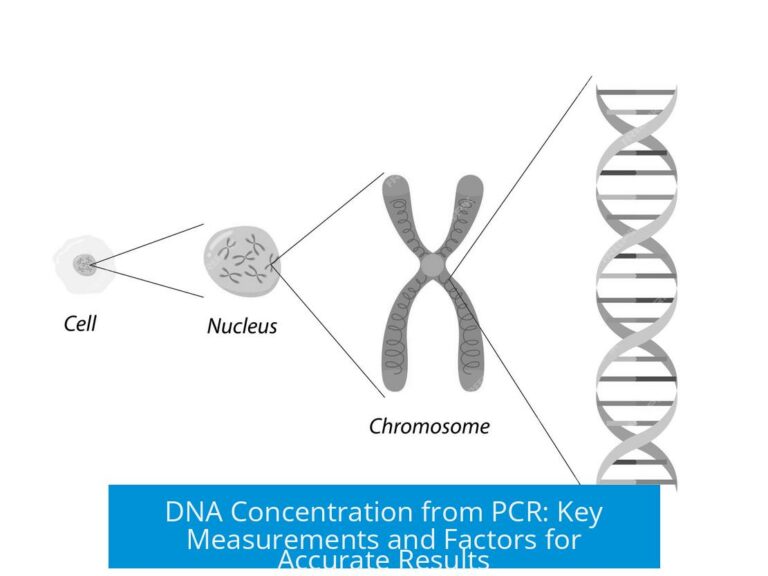Understanding Dry Water: Chemical Identity and Overview

Dry water, scientifically known as Perfluoro (2-Methyl-3-Pentanone) and commercially as Novec 1230, is a unique substance with varied applications, especially valued for its fire extinguishing and cooling properties. This fluorinated ketone belongs to the class of perfluoro compounds, often referred to as PFAS (per- and polyfluoroalkyl substances). Despite its name, dry water is a liquid, not a powder, notable for its chemical stability and non-flammable character.
Chemical and Physical Properties of Dry Water
This material exhibits key characteristics that make it distinct. It is:
- Nonconductive electrically, which prevents short circuits in electronics.
- A poor solvent for most substances, avoiding damage to materials like paper or plastic.
- Thermally conductive enough to be considered for heat transfer applications.
- Non-corrosive and free of issues like scaling seen with traditional heat exchange fluids.
The combination of these properties supports its use in specialized environments, such as electronics and document preservation.
Fire Extinguishing Applications
Dry water’s fire suppression capabilities are well recognized. It is widely deployed in situations where traditional extinguishers pose risks, such as server rooms or archives. Here’s why this chemical excels in fire control:
- Extinguishes flames by vaporizing and suffocating the fire quickly.
- Does not harm sensitive equipment like servers or historic documents.
- Used in “Fire Trace” suppression systems, which are designed to protect valuable assets.
- Leaves no residue, unlike powders or foams that can cause cleanup challenges.
These factors make dry water an attractive option for environments where minimal collateral damage is critical.
Liquid Cooling Potential
Another emerging use of dry water is in liquid cooling applications, particularly in electronics. Some of its benefits include:
- Electrical insulation due to its nonconductivity, preventing short circuits if devices are submerged.
- Limited solvent action ensures it does not degrade circuit boards or components.
- Ability to dissipate heat, with its thermal conductivity aiding efficient cooling.
For example, the concept of placing a motherboard into a bath of dry water for enhanced cooling is under exploration. While it is not a perfect solvent nor highly conductive, its inertness and cooling ability may outweigh conventional liquids such as water or oils, especially where electricity and heat co-exist.
Water Displacement and Electronic Device Protection
Dry water also finds practical utility in safeguarding electronics against water damage. It acts somewhat like “liquid rice,” effectively displacing moisture without harming the device. Key points include:
- Phones soaked in dry water can often be restored without damage.
- The nonconductive nature prevents immediate short circuits when submerged.
- Does not degrade flexible materials like balloons, unlike certain organic solvents such as d-Limonene.
This ability to protect and clean enhances its use in emergency response and device recovery situations.
Environmental and Health Considerations
Despite its usefulness, dry water belongs to the PFAS family, raising health and environmental concerns. Important considerations are:
- 3M, the primary producer of Novec 1230, plans to cease production by the end of 2025 in compliance with efforts to phase out PFAS chemicals.
- The long-term health effects of perfluorinated ketones and esters are not fully known but are suspected to be problematic. Caution is advised.
- Alternatives like perfluoro-n-alkanes may pose fewer health risks but have high global warming potential.
- The phase-out reflects increasing regulatory and societal pressures to reduce reliance on persistent and bioaccumulative chemicals.
The industry is moving towards safer materials, but the transition presents challenges given the specialized benefits of chemicals like dry water.
Anecdotal Comments and Industry Perspectives
Users and technical professionals report several intriguing observations regarding dry water:
- Its ability to protect phones and computers from water damage surprises many.
- The chemical’s fluorous nature makes it fascinating to watch how vapors interact with flames.
- There is interest in expanding its presence beyond labs, although cost and availability issues exist.
- Some consider dry water the answer to questions about water’s behavior and wetness in novel forms.
Such experiential insights help guide innovation and awareness among chemists and engineers.
Summary Table: Dry Water Key Aspects
| Aspect | Description |
|---|---|
| Chemical Name | Perfluoro (2-Methyl-3-Pentanone), Novec 1230 |
| Primary Uses | Fire suppression, liquid cooling, water displacement for electronics |
| Properties | Nonconductive, poor solvent, thermally conductive, non-corrosive |
| Advantages | Safe for electronics, no damage to materials, clean extinguishing |
| Environmental Impact | PFAS-related concerns, phasing out by 2025, potential health risks |
| Alternative Chemicals | Perfluoro-n-alkanes (better health profile, but potent greenhouse gases) |
Final Key Takeaways
- Dry water is a perfluorinated ketone used mainly for fire suppression and cooling due to its unique chemical profile.
- Its nonconductive and poor solvent properties make it ideal for protecting electronics and sensitive materials.
- Fire suppression with dry water does not damage servers or archives, making it valuable in specialized settings.
- Its liquid cooling potential stems from adequate thermal conductivity and chemical inertness.
- Phasing out due to environmental concerns limits future availability beyond 2025.
- Replacements face trade-offs between health, environmental impact, and functional utility.
What makes dry water suitable for fire extinguishing in sensitive areas?
Dry water is nonconductive and does not damage electronics or documents. This makes it ideal for server rooms and places with sensitive equipment. It extinguishes fire without leaving harmful residues or causing damage.
How does dry water help in protecting electronic devices from water damage?
Dry water can displace water inside soaked devices. It prevents short circuits and restores devices like phones without harm. Devices submerged in dry water remain safe and clean.
Why is dry water considered a good cooling liquid for electronics?
It is nonconductive and a poor solvent, so it won’t harm circuit boards. Its thermal conductivity allows effective heat transfer. It can cool components like motherboards without corrosion or scale buildup.
What are the environmental and health concerns related to dry water?
Dry water contains PFAS chemicals, which 3M will stop producing by 2026 due to health and environmental risks. Long-term effects are not fully known, but they are generally seen as problematic for health and climate.
Will dry water be available after 2025?
No, 3M plans to phase out dry water by the end of 2025 along with many other PFAS-based Novec products. This marks the end of commercial production of these chemicals by 3M.





Leave a Comment